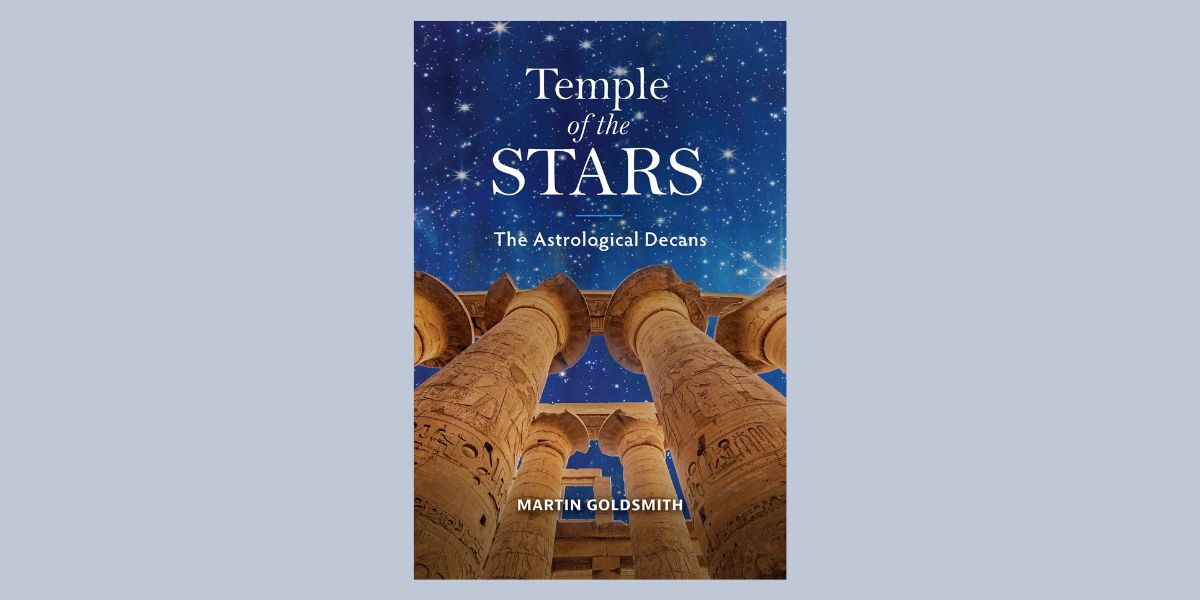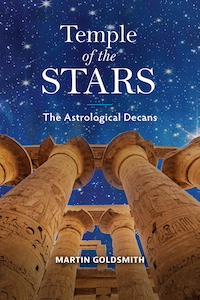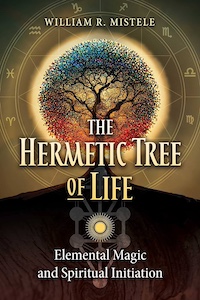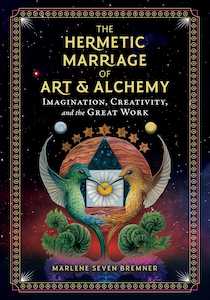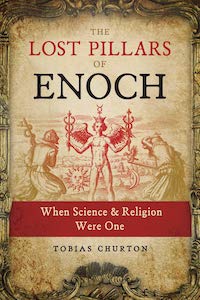
Alchemical Hermeticism: The Secret Teachings of Marco Daffi on Initiation, by David Pantano
Inner Traditions, 1644119978, 352 pages, January 2025
Alchemical Hermeticism: The Secret Teachings of Marco Daffi on Initiation by David Pantano focuses on the unique perspective of Marco Daffi’s teachings. Daffi, the pseudonym for Baron Ricciardo Ricciardelli, was an Italian Hermeticist and alchemist in the early 20th century. This was a man who took beliefs and thoughts on Hermeticism into his own hands, building his own perspective that focuses on one’s inner-self and a person’s intentions, exploring the more obscure realms of esotericism.
Daffi holds “a distinguished position within the pantheon of magical heroes, having carved out a niche of his own, within the vast universe of Hermeticism for explorations of the inner planes through the agency of Hermetic initiation.”1
As stated in the forward written by Valerio Tomassini, the true intent of the book is not to repeat Daffi’s teachings but to “point out his approach to the ‘Dry’ path and the strictly technical aspects of his writings.”2 Pantano puts in the work to outline the unique experiences that Daffi had while expanding on his knowledge and teachings of Hermeticism, making the content a bit more approachable with his examples and explanations on Daffi’s “Inner Laboratory.” As someone new to the topic of Hermeticism, the idea of learning about the technical side of the topic seemed absolutely fascinating to me.
This book is divided into four parts. Part one focuses on the themes of Marco Daffi’s Hermetic worldview, exploring original topics translated into his personal insights. Part two focuses on the correspondence with Daffi, specifically discussing the two volumes edited by Giammaria that documented their “epistolary ruminations on the Hermetic arts”3. Part three focuses on the human aspects of Ricciardo Ricciardelli, giving a gateway into understanding Daffi more thoroughly. Then part four is entirely focused on the magical legacy that Daffi left behind, bringing in voices from a wider audience, taking the path of Daffi’s ideas and what they have explored themselves.
Pantano does an incredible job of taking some of the unapproachable subject matter for new readers into a more modern context. Not only that, but he elaborates on the topics extensively. Every single term that I found myself a bit confused with, Pantano followed with a breakdown of what that term meant to the context as a whole.
A prime example of this is at the end of the introduction, Pantano provides an explanation to each section going forward; you’re told what to expect from each part, which can help immensely in preparing for each section. As someone brand new to the topics in Alchemic Hermeticism, the introduction was extremely beneficial to me so that I could better focus each section’s content and absorb the material. Not only that, but this introduction helped me feel less overwhelmed with the subject matter overall.
Additionally, it really helped having the explanations for each unknown term or thought process, and the book showcases multiple interpretations or origins of these concepts. For example, on pages 32-33, Pantano gives definition to the alchemical terms Saturnian, Lunar, Mercurial, and Solar bodies.These definitions really helped me understand more of Daffi’s teachings and what these bodies actually meant in the contexts that are provided throughout the book.
One of my favorite things while reading was learning how different parts of the world, even different religions, view magic and Hermeticism as a whole. It was fascinating to learn about metapsychism and how they’re “judged from the magical point of view as being an error”4. This, among many other topics I was not familiar with, was an absolute delight to learn about and has opened my eyes to so many subjects I wish to study further. Now, I’m even more interested to learn about Daffi’s teachings from a beginner’s standpoint.
Overall, I recommend Alchemical Hermeticism for those who are familiar with Daffi’s teachings first and foremost, or at the very least, those who have a basic understanding of alchemy. Having prior background knowledge would be a big help in fully grasping the hidden teachings from Daffi’s “Inner Laboratory”. However, those new to the topic will also benefit from Pantano’s detailed explanations of the material. This book is well worth reading if you’re willing to take the time and give the attention needed to follow along with the material in order to explore Daffi’s interesting work and the impact he had on modern esoteric history. Pantano has done a wonderful job of bringing forth Daffy’s work for others to enjoy and appreciate.

Vidalia Knox is a lover of all things psychological and mystical. With a degree in Psychology, the history of the mystic and magical world is what interests them the most, learning where so many diverging practices and beliefs started and where they are now. While a beginner to the mystical world, Vidalia is a learner at heart and a lover of reading and exploring new things. Vidalia loves writing, a variety of games, and a lover of music.

